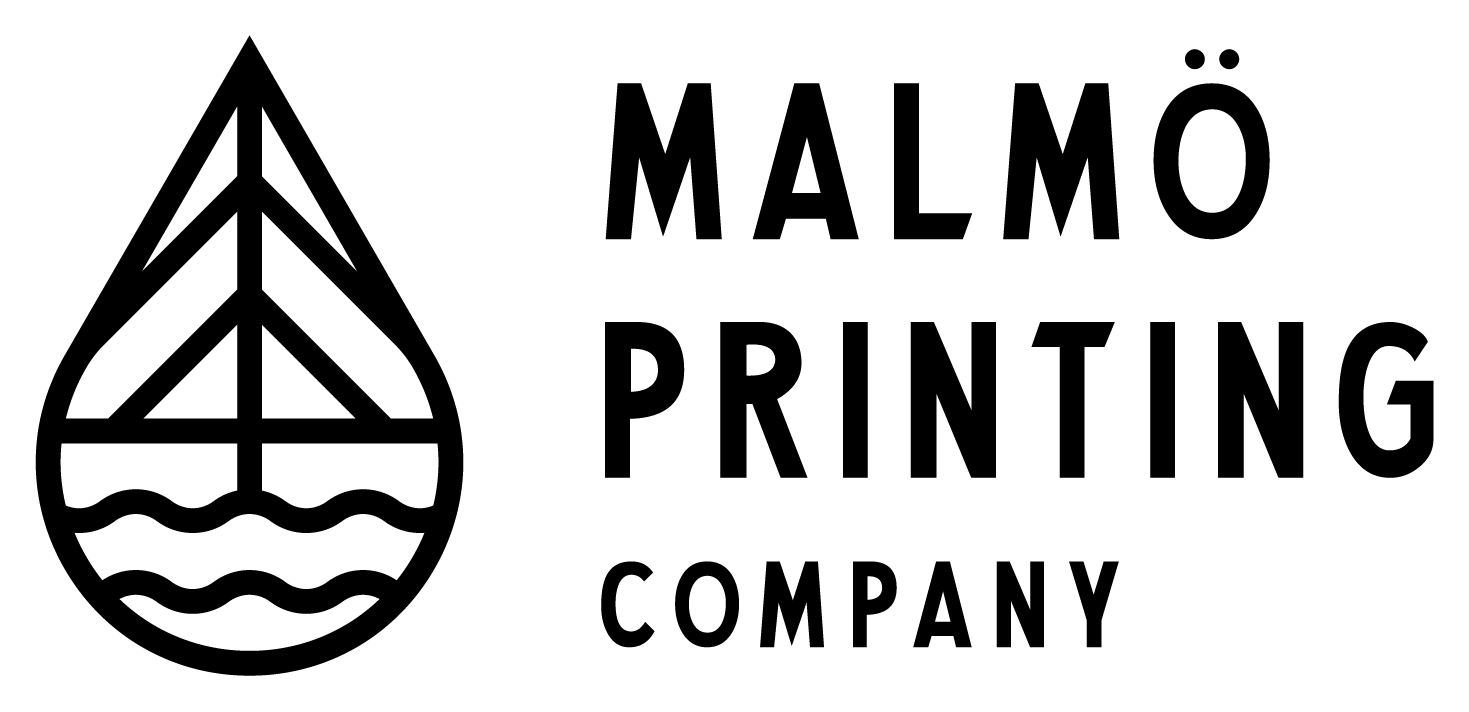What’s the difference between screen printing and transfer printing?
When it comes to printing on fabrics, there are several techniques available, each with its own unique advantages and limitations. Two of the most popular methods are screen printing and transfer printing. While both techniques can produce high-quality prints, they differ significantly in terms of the process, materials, and outcomes. Below we’ll explore the differences between screen printing and transfer printing to help you choose the right method for your printing needs.
Screen Printing:
Screen printing is a printing technique that involves pushing ink through a stencil or a mesh screen onto the fabric. The stencil is created by coating the screen with a light-sensitive emulsion and then exposing it to light to create a pattern. Once the stencil is created, ink is applied to the screen, and a squeegee is used to push the ink through the stencil and onto the fabric.
Screen printing is a versatile technique that can produce high-quality prints on a wide range of fabrics, including cotton, polyester, and silk. It is also a cost-effective method for large-scale production runs, as the screens can be reused to print multiple designs.
One of the main advantages of screen printing is its ability to create vibrant, opaque colors that are long-lasting and resistant to fading. It can also produce sharp, detailed designs with crisp edges and fine lines. However, screen printing does have some limitations. It is not ideal for printing complex or highly-detailed designs, and it is not suitable for printing on textured fabrics or materials with uneven surfaces.
Transfer Printing:
Transfer printing is a printing technique that involves transferring a design onto the fabric using heat and pressure. The design is first printed onto a transfer paper using a special ink that is designed to bond with the fabric fibers. The transfer paper is then placed onto the fabric, and heat and pressure are applied to transfer the design onto the fabric.
Transfer printing is an excellent method for printing on a wide range of fabrics, including synthetic materials and blends. It is also ideal for printing complex or highly-detailed designs, as the transfer paper can reproduce intricate details with ease. Transfer printing is also a cost-effective method for producing small runs of customized designs.
One of the main advantages of transfer printing is its ability to produce high-quality prints with complex colors and sharp details. It is also ideal for printing on textured fabrics and materials with uneven surfaces. However, transfer printing does have some limitations. The prints may not be as durable as screen-printed designs, and they may fade over time with repeated washing.
To sum it up…
Both screen printing and transfer printing are excellent methods for printing on fabrics, and each technique has its own unique advantages and limitations. Screen printing is ideal for producing large-scale production runs of simple designs, while transfer printing is ideal for producing small runs of complex or highly-detailed designs. Ultimately, the choice between screen printing and transfer printing will depend on your specific printing needs, the fabric you are printing on, and your budget. Get in touch with us when you’re ready to start your next project or want to know what method is best for you.



